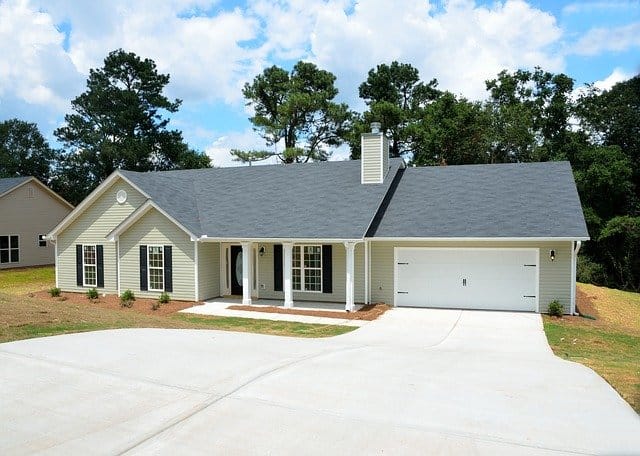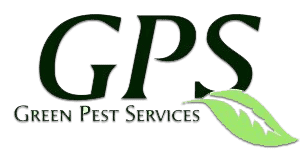What is the cost of a termite treatment?
Two factors determine the cost of a termite treatment:
A) The species of termite to be exterminated or prevented.
B) The design and layout of the structure that is to be treated.
The species of termite you intend to treat.
Treating for Drywood Termites is a completely different process than treating for Subterranean Termites. Even within the category of subterranean the costs of treating for Eastern Subterranean Termites may be less than treating for Formosan Termites.
Drywood Termites
Drywood Termites are a species of termite that is often found in the attics of homes, but can certainly be found anywhere there is accessible wood, including furniture. These termites leave behind pellets, sometimes described as sawdust, coffee grounds, or termite dirt. Click here for more information and images of termite droppings or frass.
Treatment for this species of termite will likely require “tenting” the structure. The cost of such treatment can run anywhere from $1500 to tens of thousands depending on the square footage, number of stories, and other factors that can make treatment more complicated and labor intensive.
There are also preventative treatments for dry wood termites that can be performed during the construction process. These can run from $500 to $2000. They will typically come with a lifetime guarantee, involve minimally toxic or mineral based chemicals, and are far less of a hassle for the homeowner than a post-construction treatment.
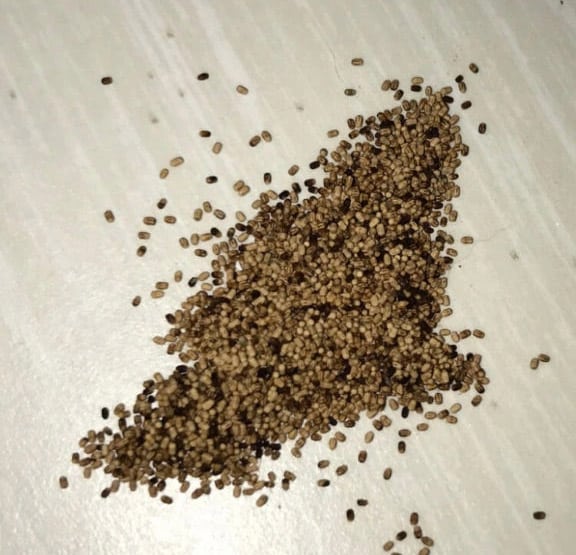
Subterranean Termites:
Eastern Subterranean Termites are the most common subterranean termite species encountered in the Southeast United States including Florida. All subterranean termites require continual access to the ground in order to survive, therefore treatment of the solid surrounding and sometimes beneath structures are required to control this species. Preventative treatments for these termites conducted during the time of construction can be relatively inexpensive, as little as $300, depending on the square footage.
Treatment of structures post-construction is significantly more, but still generally less expensive than treatment for dry wood termites. The cost of a post-construction treatment for subterranean termites will vary greatly based on construction techniques and the amount of drilling required. A general range for this kind of treatment would be between $800 – $5000.
Formosan Termites are another species of subterranean termite. An Eastern Subterranean Termite colony can contain between 100,000 and 1,000,000 members but commonly is several hundred thousand members strong. Formosan Termite colonies regularly contain several million members. As a result, someone in need of treatment for Formosan Termites should generally expect to pay double over that of a common Eastern Subterranean Termite treatment.
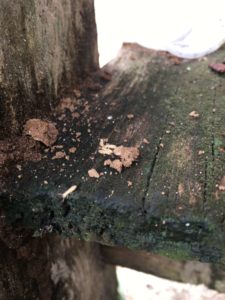
Construction Types
Frame: Wood frame homes are at the highest risk for termite infestation and treatment for this type of structure will generally be costlier than that less termite prone methods of construction.
Block: Though at a lower risk for termites than a wood frame structure, concrete block homes still commonly become infested with termites in the attic and interior walls which are usually wood frame.
Steel: Common in commercial and agricultural structures, steel construction is at low risk for termites but could present difficulties treating should an infestation occur, which would drive up the cost of treatment.
Poured concrete: Lower risk, but added cost should a treatment become necessary.
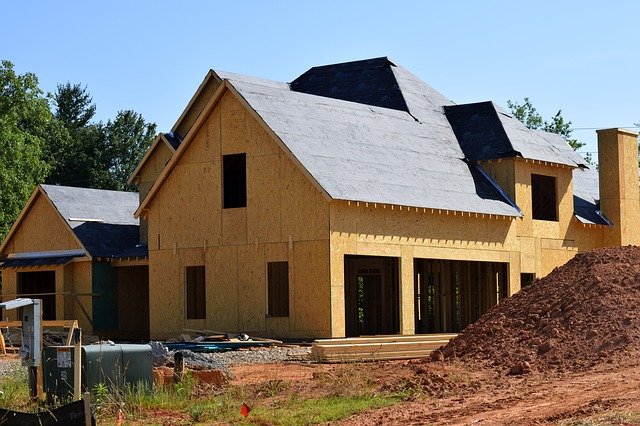
Foundation Types
Monolithic: The most common type of construction in South Florida and the least expensive and complex to treat.
Floating: Will require significantly more drilling and labor and therefore will likely be on the upper end of treatment costs.
Crawlspace: Like a floating slab, treatment for this kind of construction is more labor intensive and as a result, more expensive.
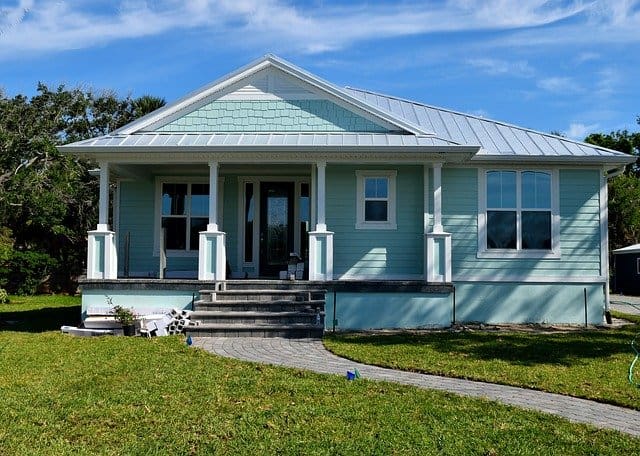
Layout
Two stories: Treatments for Subterranean Termites will remain the same regardless of how many stories a structure may be. Treatments for Drywood Termites will increase with additional levels.
Lots of concrete or pavers: For Drywood Termites this shouldn’t be a factor that affects the price. For Subterranean Termites, however, it can significantly increase the cost of treatment. In places where a second concrete slab has been poured near or up against the slab attached to the structure, that second slab will need to be drilled every twelve inches to inject termiticide into the soil where the two slabs meet. If a home has lots of additional concrete, such as a porch that stretches the length of one side, this will likely increase the cost because of the additional labor.
Termite Bait
Termite bait stations have become a popular alternative to traditional termite treatments. Different pest control operators will offer differing opinions on termite bait stations and their effectiveness. For more information on the differences between baiting for termites and a traditional liquid treatment click here and scroll down.
Regardless of where or not bait or a traditional treatment is right for you, someone looking to for a termite bait system should expect to pay between $300 – $500 for the initial installation and an additional $100 or so dollars every quarter to have them monitored and bait to be replaced as necessary.
